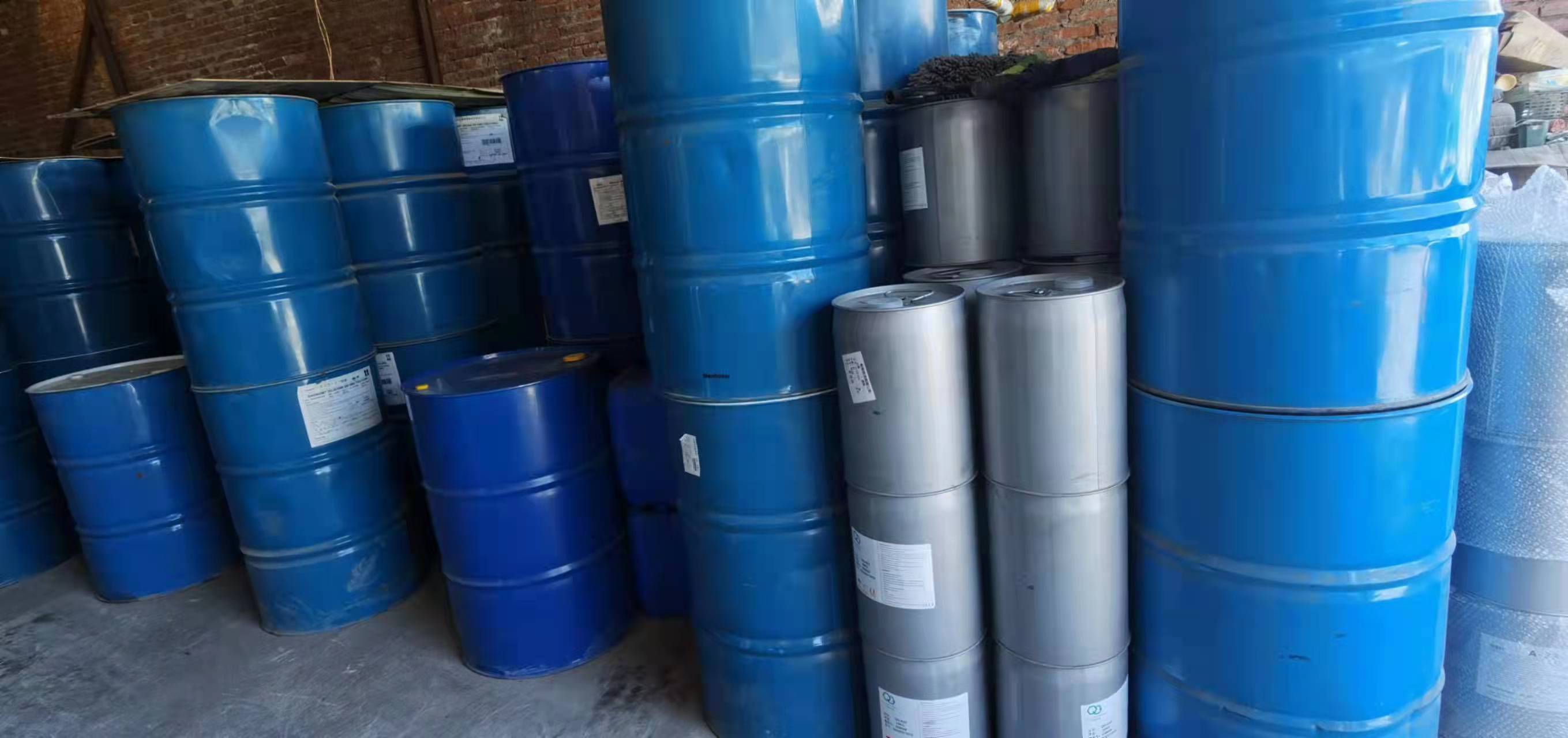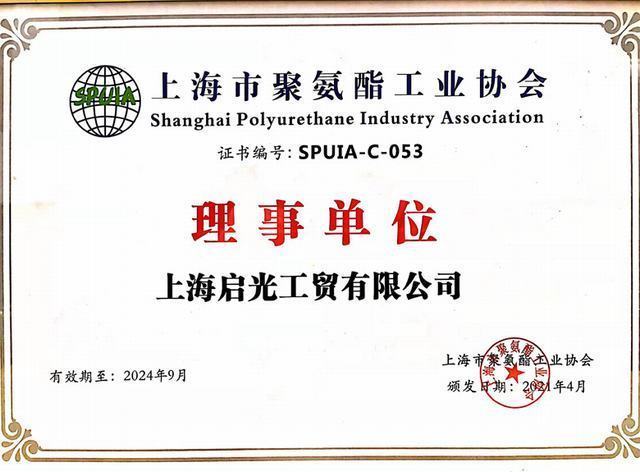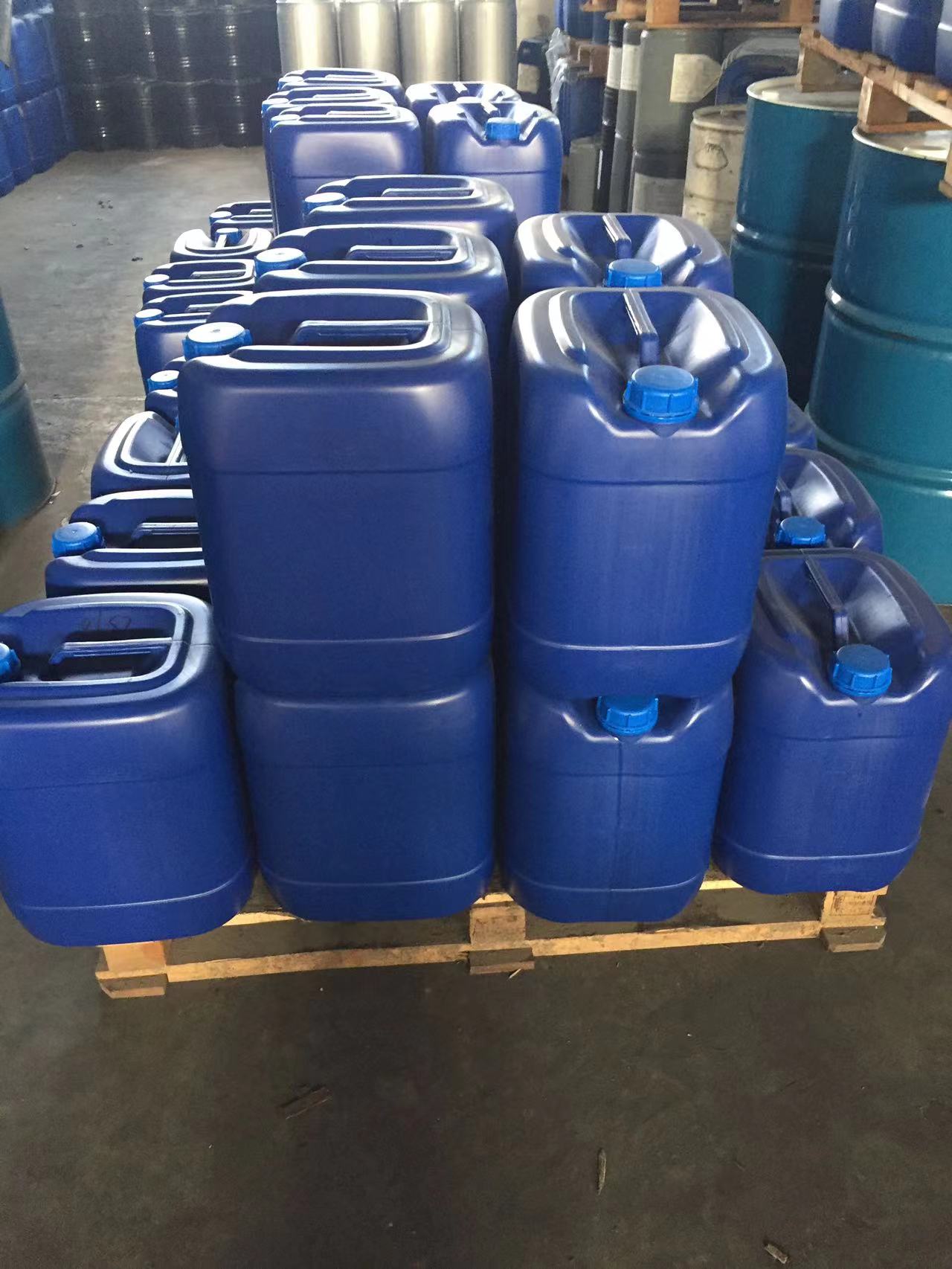With air pollution becoming more and more serious, people are very concerned about air pollution, and manufacturers of organic waste gas emissions are paying more and more attention to waste gas treatment. Catalytic combustion devices are widely used in the treatment of organic waste gas to help companies meet the emission standards. Catalytic combustion device is the main molecule to catalyze organic waste gas. There are many people want to know the life of catalyst, today I will bring you to discuss.

How long can this type of catalyst be used in catalytic combustion?
Currently commonly used catalytic combustion devices mainly use precious metal catalysts, which can have a great impact on organic waste gas in a certain period of time. The service life of the catalyst is usually two to four years. So the cost of the catalyst should also be included in the life of the catalytic incinerator.
Combustion Temperature Adjustment: The temperature of the catalytic combustion device is adjustable, by inputting the temperature you wish to change in the PLC system, or changing the output frequency of the frequency converter, to adjust the appropriate air volume.
As the air volume increases, the combustion temperature of the catalytic combustion device will be higher than the set value, and the PLC-controlled frequency converter will reduce the output frequency, decrease the airflow, and stabilize the temperature of the whole device.
If the output frequency of the frequency converter is lower than the set value, but the output capacity is still higher than the set value, the programmable controller starts timing. When the frequency is at a certain set value, the programmable logic controller will give up the timing. Continuous inverter operation.
When the temperature is higher than the set value for a period of time, the programmable logic controller will keep adjusting until the set value is reached. After running PID, the programmable controller controls the inverter frequency output. As the temperature decreases, the frequency will increase, thus retaining a certain time delay.
After burning the catalyst for a period of time, carbon buildup will occur in the catalyst, so how to deal with this situation? Place the catalyst in fresh air, heat it up to 500°C and keep it for 2-4 hours to remove or partially remove the carbon buildup.
What role does the catalyst play in the foamed products of polyurethane foaming machine?
A catalyst is a substance that can change the speed of a chemical reaction without being consumed itself. A good catalyst should have the following characteristics:
1. increase the selectivity of the reaction
2. reduce energy consumption i.e. speed up the reaction;
3. reduce the number of steps and by-products, i.e., the raw material is completely transformed into the target product. In polyurethane foamer chemistry since the discovery of the reaction of diisocyanates with hydroxyl compounds to produce rigid foams, coatings and adhesives, polyurethane foamer products have been used in a variety of applications. A wide range of applications are still being developed.

Foaming Machines
Demand always promotes the development of scientific research. Polyurethane blowing agent rigid foam, for example, in all thermal insulation materials, although polyurethane blowing agent foam in all aspects of the performance is good, and the cost is also high, one of the reasons is the overall density of the foamed products is high; in the production process, although flexible and convenient, but the material in the reaction process of the operation of the process conditions of sensitivity to make the quality of the product fluctuations, the need to adjust the formula often for the products of the production plant to lose, of course, some of the problems to increase the amount of feed is also a solution to the problem, but also to increase the amount of feed is also a solution to the problem. Of course, some of the problems to increase the amount of feed is also a way to solve the problem, the result is to increase the cost of the price;
Foaming machine
The temperature resistance of polyurethane foaming agent can not exceed 120 degrees; in the flame retardant added flame retardant effect flame retardant up to B2. in the application are difficult. It is these weaknesses become a bottleneck in the development of polyurethane foaming foam. To solve this bottleneck problem to first understand the current factors affecting quality fluctuations and high density and other issues. From the molded foam molding characteristics, foaming is the injection operation, the foam has the problem of flow, if the foam flow is not good in the polyurethane foaming machine foaming products in the density of the foam is not consistent, this time to use more material to make the density of the low density can also reach the qualified strength and skin. How to achieve the density of the same, in the process of foaming reaction to control the mobility of the foam is a way, why the environmental process conditions on the quality of the product so much influence.
Foaming machine
Good balance, so that the rate of polymer formation and gas generation is balanced with each other, in the gas reaction at the same time the foam wall has enough strength, the gas is effectively encapsulated in the foam body, foaming is completed after solidification and molding. At present, there are two major types of catalysts: tertiary amine catalysts and organometallic salt catalysts, tertiary amine catalysts are represented by triethylenediamine and NN-dimethylcyclohexylamine, and organometallic metal catalysts are organotin catalysts and carboxylate catalysts. Although there are many catalysts of the above types available, people are repeatedly testing them according to the strength of the catalytic activity. Taking pouring molding as an example, people have to control the foaming and curing time according to the shape and size of the products, and have to repeatedly adjust the two types of catalysts to find out the balance of foaming and gelation so as to increase the mobility of the foams and the molding. However, due to the elasticity and toughness of polyurethane, the foam is elongated in the middle and late stages of foaming.